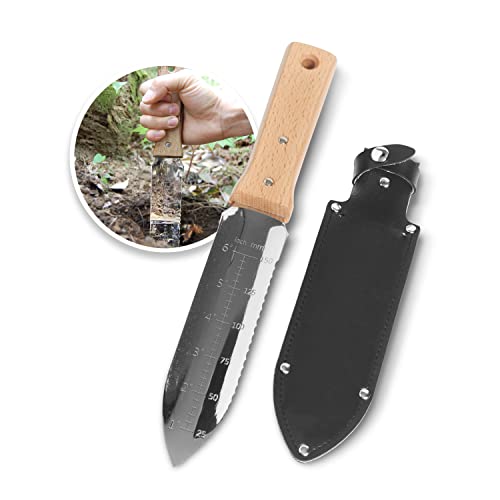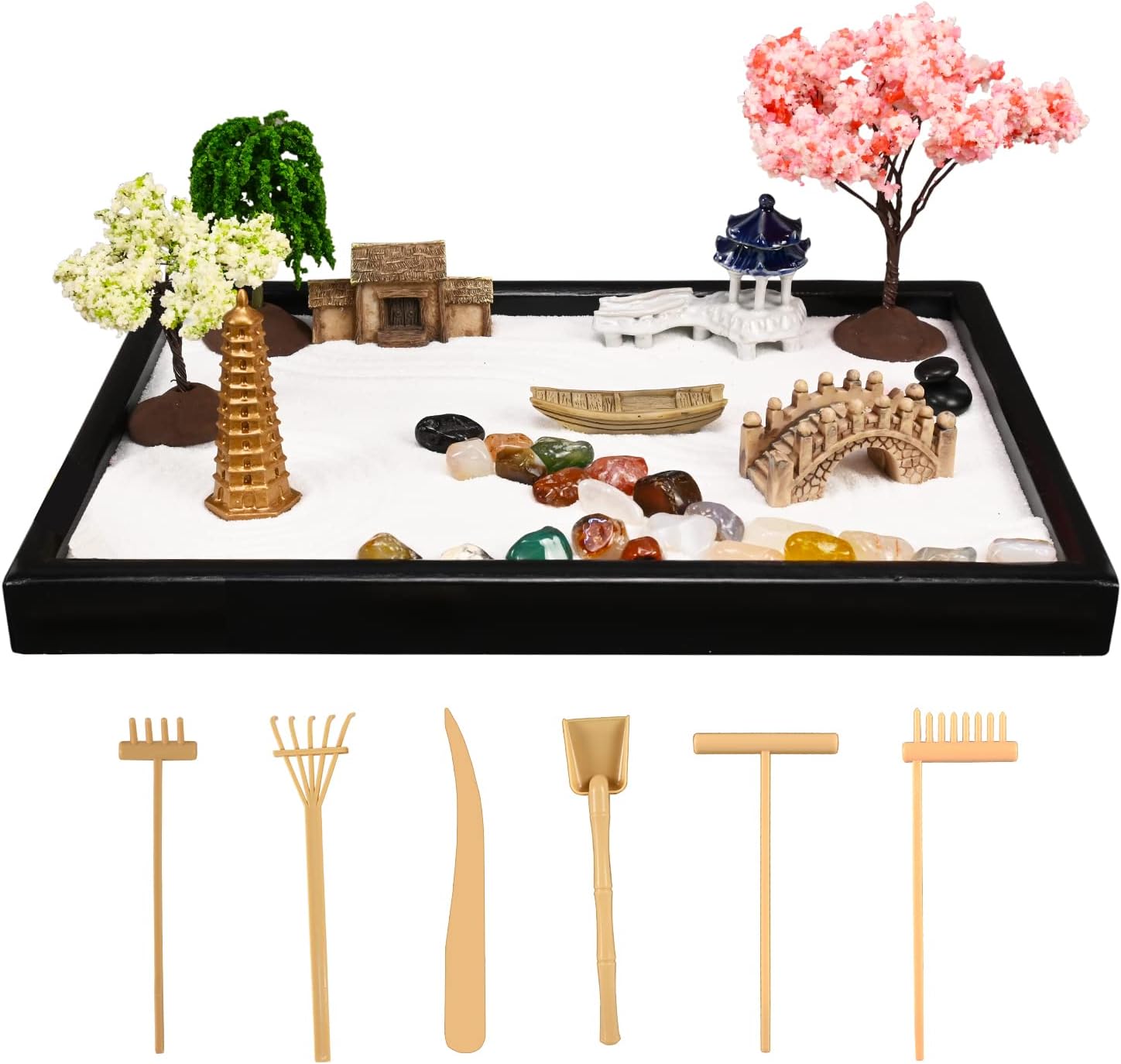Jennifer Aniston's Japanese-inspired garden is a work of art – experts say it will dominate trends in 2025
If you want a calming outdoor space, try taking inspiration from Japanese garden design with its emphasis on foliage rather than flowers
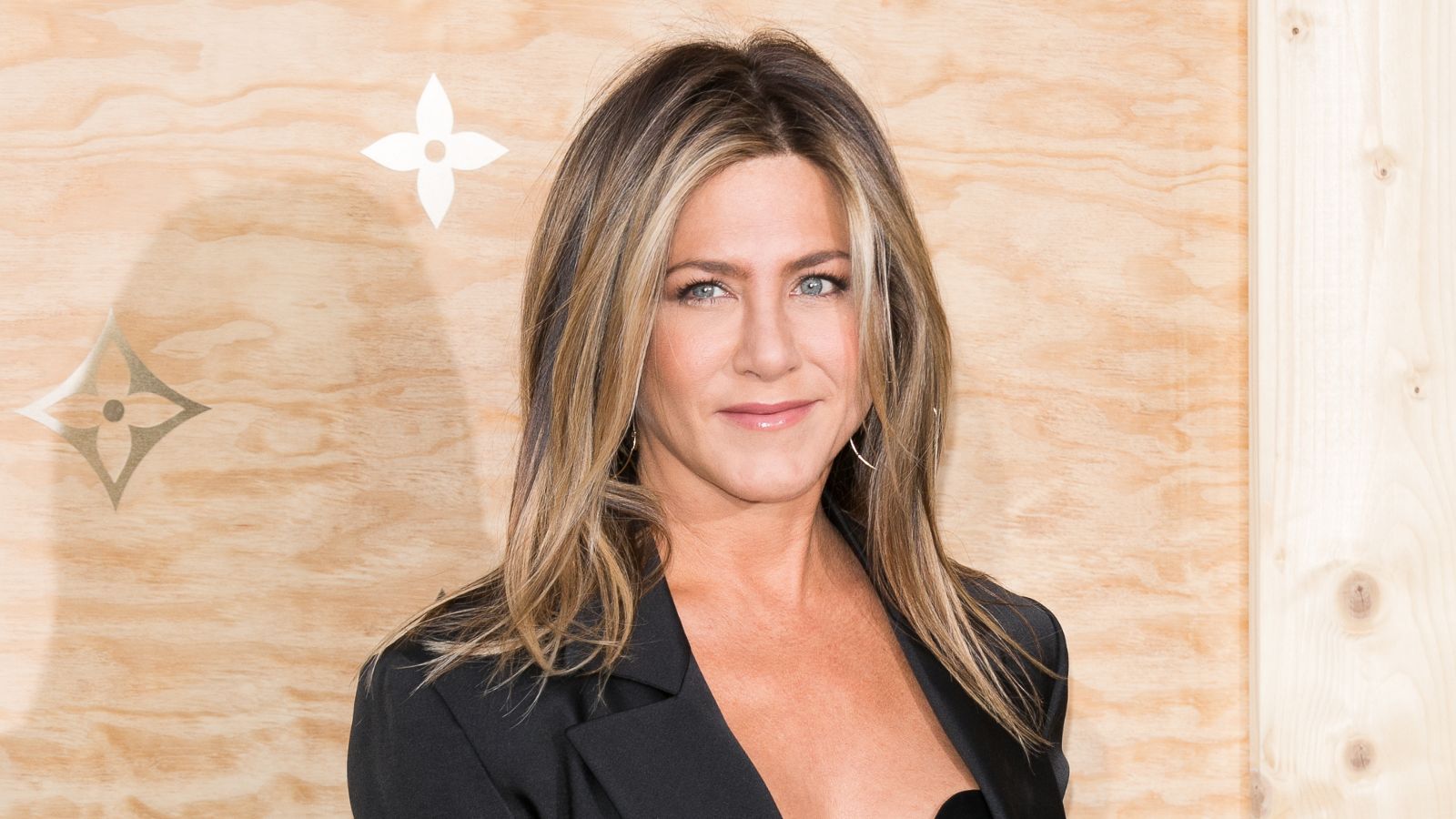

When it comes to creating a calming outdoor space to escape the hustle and bustle of modern life the plants you choose to grow are key, but with so much choice online or at the garden nursery it can be hard to know what to plant. One way is to take inspiration from Japanese gardens. While there are several different types of Japanese garden ideas, including dry gardens with raked gravel and tea gardens with tea houses, stepping stones, and water features, what unites them is an atmosphere of tranquillity and a celebration of nature.
Actress Jennifer Aniston's garden, designed by Marcello Villano, is an immaculate, serene and perfectly poised Japanese garden.
Compared to western gardens, the color palette is restrained, emphasizing foliage rather than flowers – a celebration of green in all its varying shades. Trees and shrubs are used more than herbaceous perennials – plants such as ornamental cherries, acers and rhododendrons are all classic Japanese plants, adding height, structure and seasonal interest with colorful foliage or flowers. These plants all have cultivars that don’t get too big, which means you can still get the look even if you have a small space.
A post shared by Stephen Shadley (@stephenshadley)
A photo posted by on
In this space, Aniston introduces water – an essential element in a Japanese garden. Adding a water feature, or pool, is a wonderful garden decor idea that brings an extra dimension to the front or backyard, providing a focal point and lending a sense of peace and tranquillity.
The planting in and around it is vital to the overall effect of the water itself. Think of weeping willows bending down to the glass surface, or the color of Acer palmatum (maple) reflecting its fire-like gold and orange leaves across a pond or bowl.
A post shared by Stephen Shadley (@stephenshadley)
A photo posted by on
Color is another important consideration in a Japanese garden. Use a variety of green and brown hues – colors found in nature – to create a sense of quiet and calm, a place that is restful, a million miles away from the hectic pace of daily life.
That is not to say that the Japanese do not like color in their gardens. In Japan, if there’s any sort of bright color, it’s one plant at a time. If you're wondering how to plan a garden with a touch of color, go for azaleas, iris and maple – they are all very singular.
Sign up to the Homes & Gardens newsletter
Design expertise in your inbox – from inspiring decorating ideas and beautiful celebrity homes to practical gardening advice and shopping round-ups.
A post shared by Stephen Shadley (@stephenshadley)
A photo posted by on
Finally, creating curves, flow and dynamism with garden path ideas – a walkway will become a feature in its own right.
'Pathways are used in Japanese gardens to help the body and soul to wander,' says gardener David Domoney. 'Most Japanese gardens feature decorative paths, walkways, and bridges that meander to unseen areas of the garden.'
Many Japanese gardens have gates that aren’t intended as physical barriers. A gate or bridge can give visitors a sense of discovery and make a garden feel bigger by dividing it.
Each area should be subtly concealed from the next, yet there should also be a sense of connectivity and harmony.
Shop essential Japanese garden features
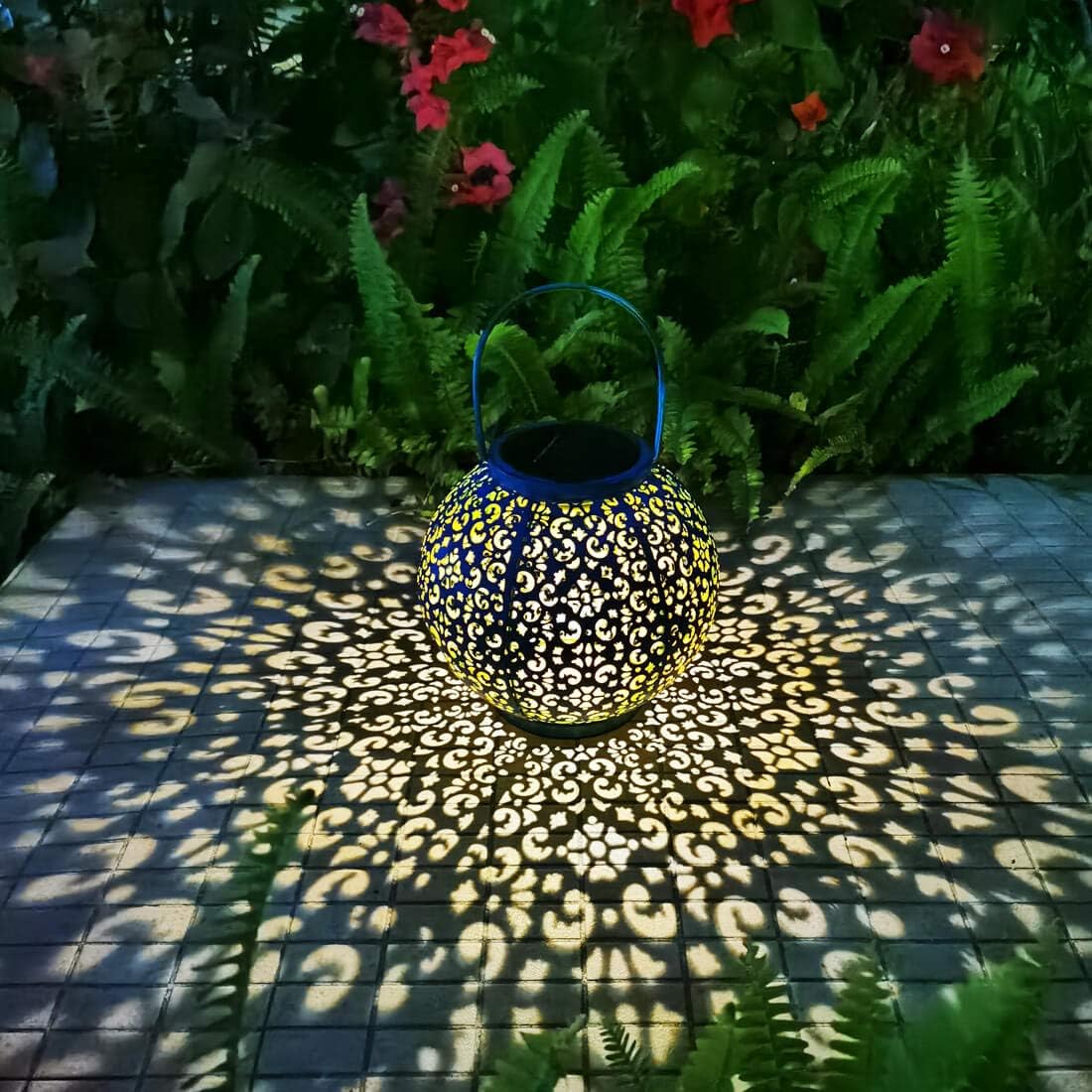
This gorgeous solar lantern will illuminate dark borders and add interest to your plot come nightfall. The intricate cut-out design is the star feature and is a guaranteed talking point.
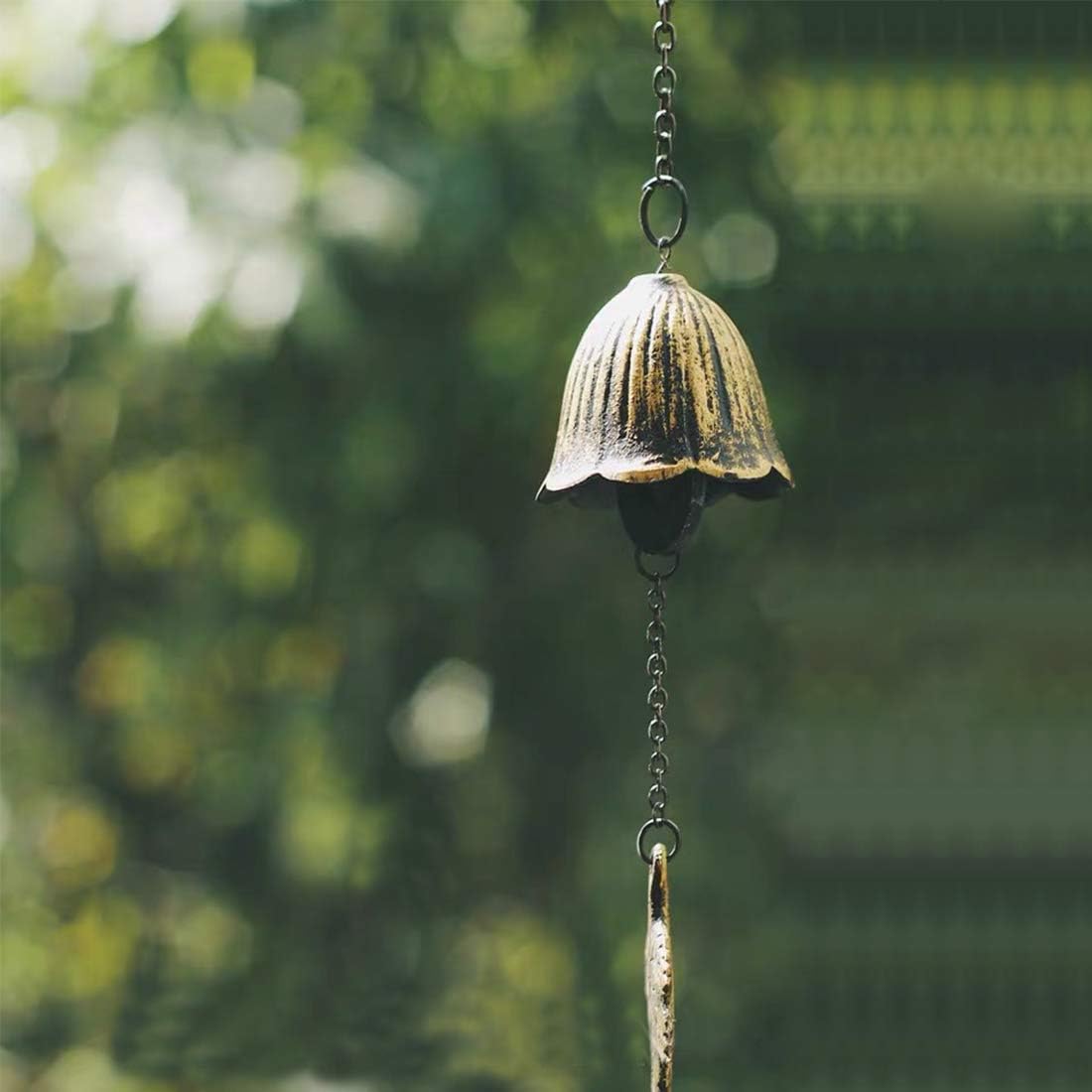
Evoke peace and tranquillity in a traditional Japanese garden with sound. Made from durable cast iron, this captivating wind chime will provide a gentle soothing noise.
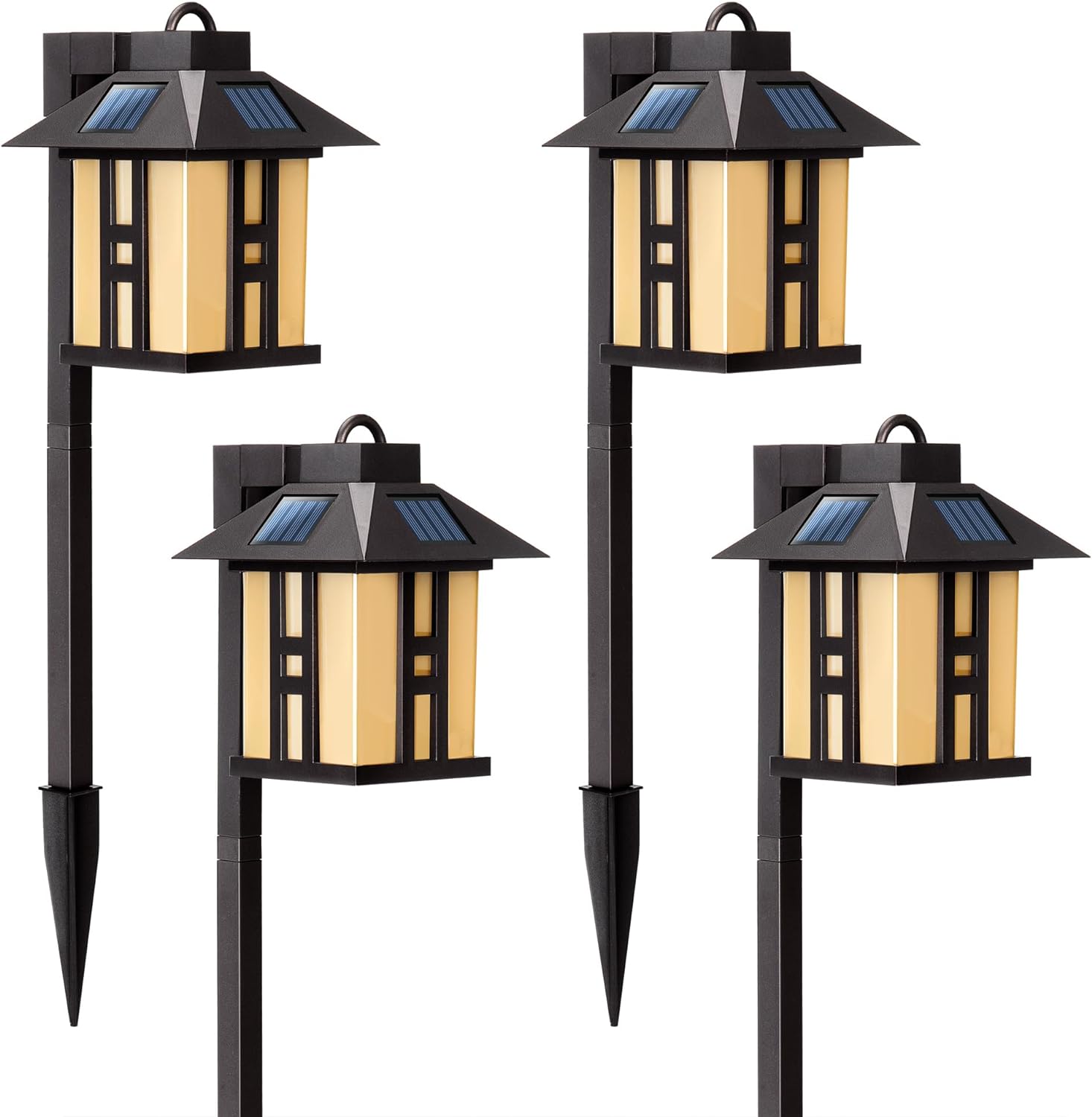
Enjoy your garden even after sunset with smart solar garden lighting. As with all outdoor lighting, well-positioned illumination can turn patios into extra rooms, illuminate dark borders and corners, and illuminate key features such as trees or sculptures. Solar garden security lighting can also help keep your garden safe.
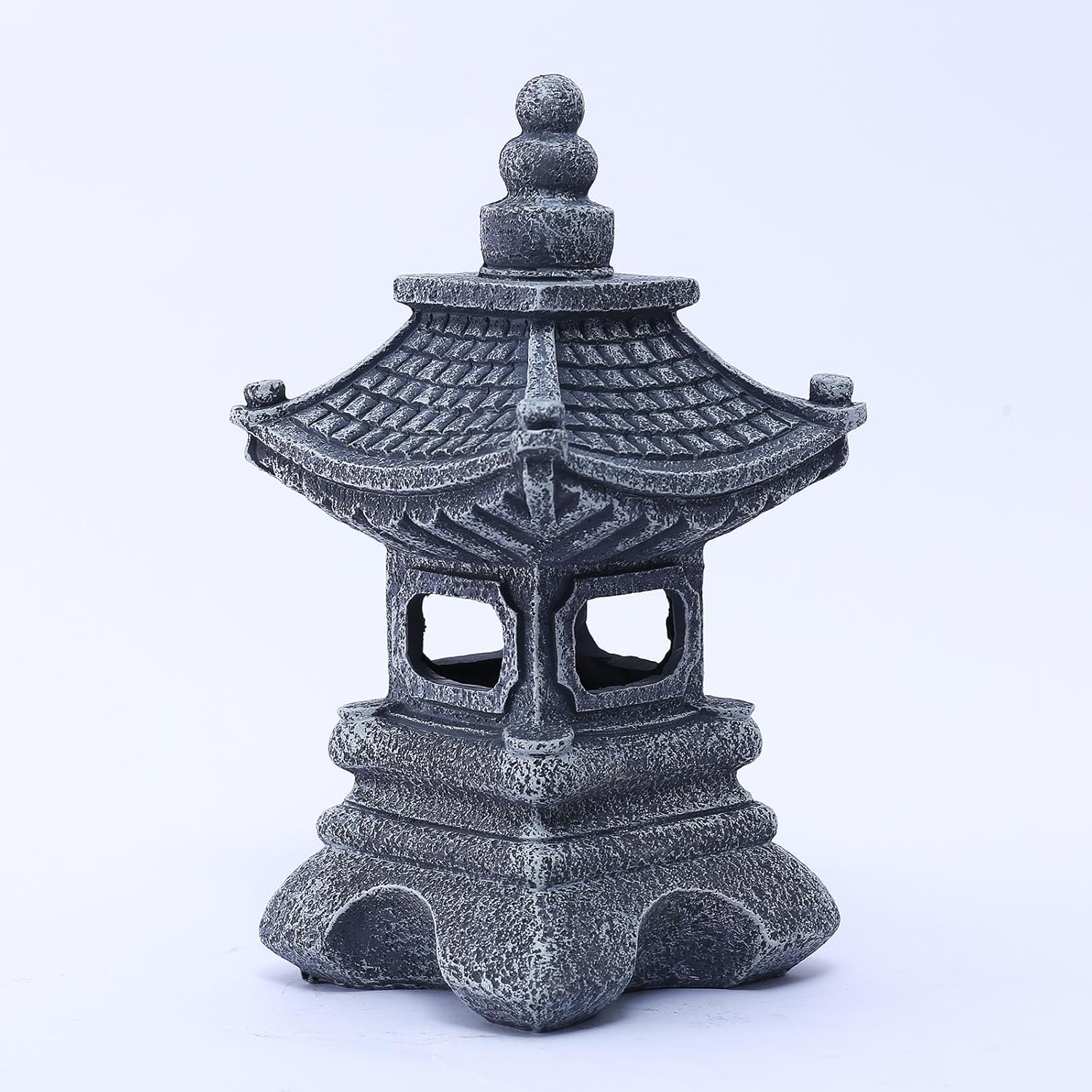
Made of high quality durable resin, this waterproof feature will work beautifully in any Japanese garden setting. It also features a solar powered light to take your outdoor space from day to night.

Jennifer is the Digital Editor at Homes & Gardens. Having worked in the interiors industry for several years in both the US and UK, spanning many publications, she now hones her digital prowess on the 'best interiors website' in the world. Multi-skilled, Jennifer has worked in PR and marketing and occasionally dabbles in the social media, commercial, and the e-commerce space. Over the years, she has written about every area of the home, from compiling houses designed by some of the best interior designers in the world to sourcing celebrity homes, reviewing appliances, and even writing a few news stories or two.
-
 Plants never to grow next to fruit trees
Plants never to grow next to fruit treesExpert advice on which plants to keep away from fruit trees to encourage a healthy harvest
By Jacky Parker Published
-
 Martha Stewart's tips for arranging daffodils are unbelievably simple and effective – it's the only flower advice you need this springtime
Martha Stewart's tips for arranging daffodils are unbelievably simple and effective – it's the only flower advice you need this springtimeMartha shows us that we can create gorgeous bouquets of this seasonal flower by simply trimming the stems and placing them in specific vases
By Hannah Ziegler Published
-
 Jennifer Aniston’s bedroom is a ‘goldmine of simple sumptuousness’ – it’s 2025’s version of quiet luxury and so easy to recreate
Jennifer Aniston’s bedroom is a ‘goldmine of simple sumptuousness’ – it’s 2025’s version of quiet luxury and so easy to recreateThe actress's unique space features James Mont-designed lamps and a raised bed inside a walnut plinth – but you can recreate its understated sophistication
By Megan Slack Published
-
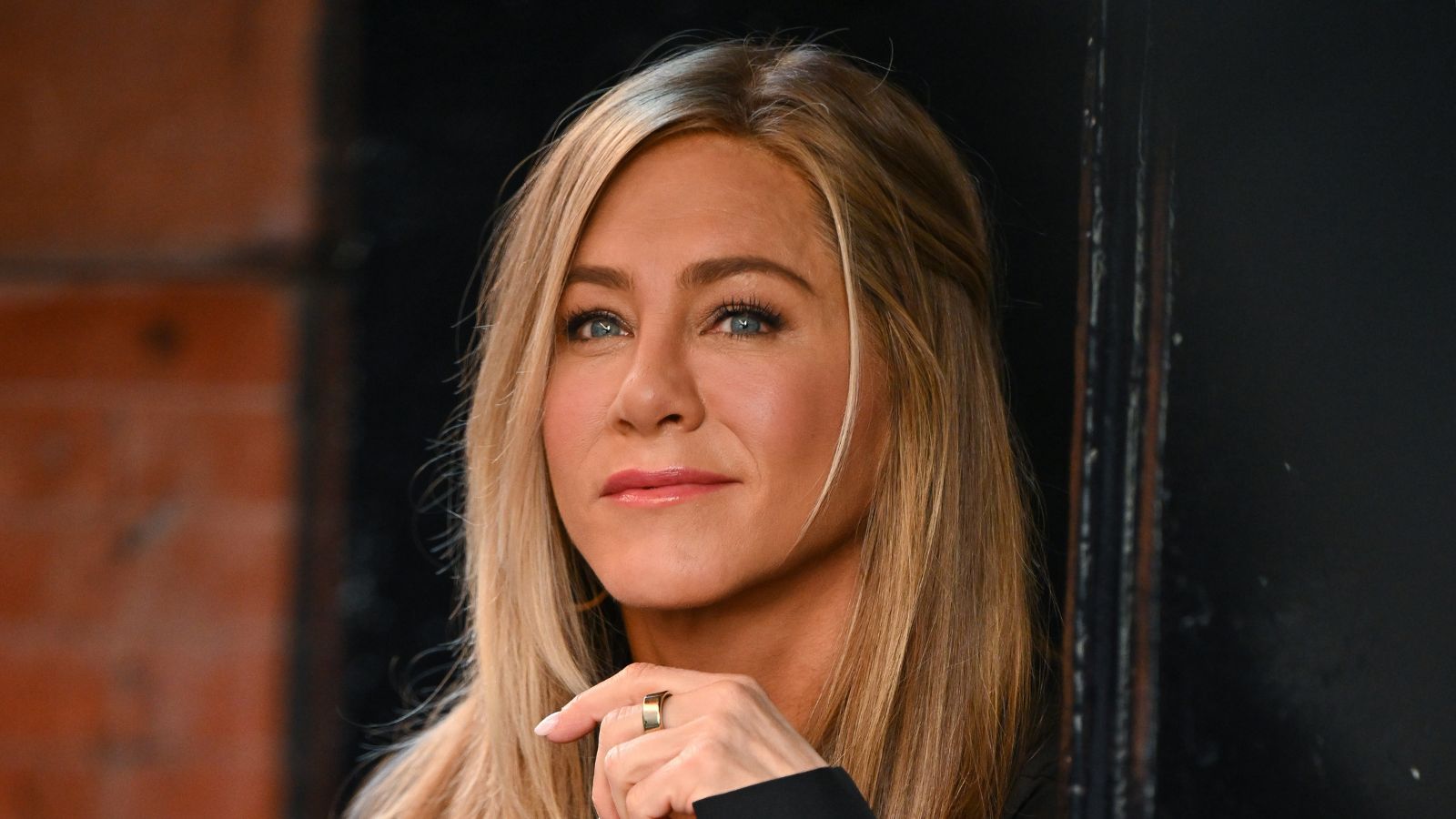 This retro-style label-maker is one of Jennifer Aniston's 'favorite things' – she uses this unexpected accessory to keep her home organized
This retro-style label-maker is one of Jennifer Aniston's 'favorite things' – she uses this unexpected accessory to keep her home organizedThe actress revealed that a Brother P-touch label maker is one of her essential buys, which has just become our spring cleaning must-have
By Hannah Ziegler Published
-
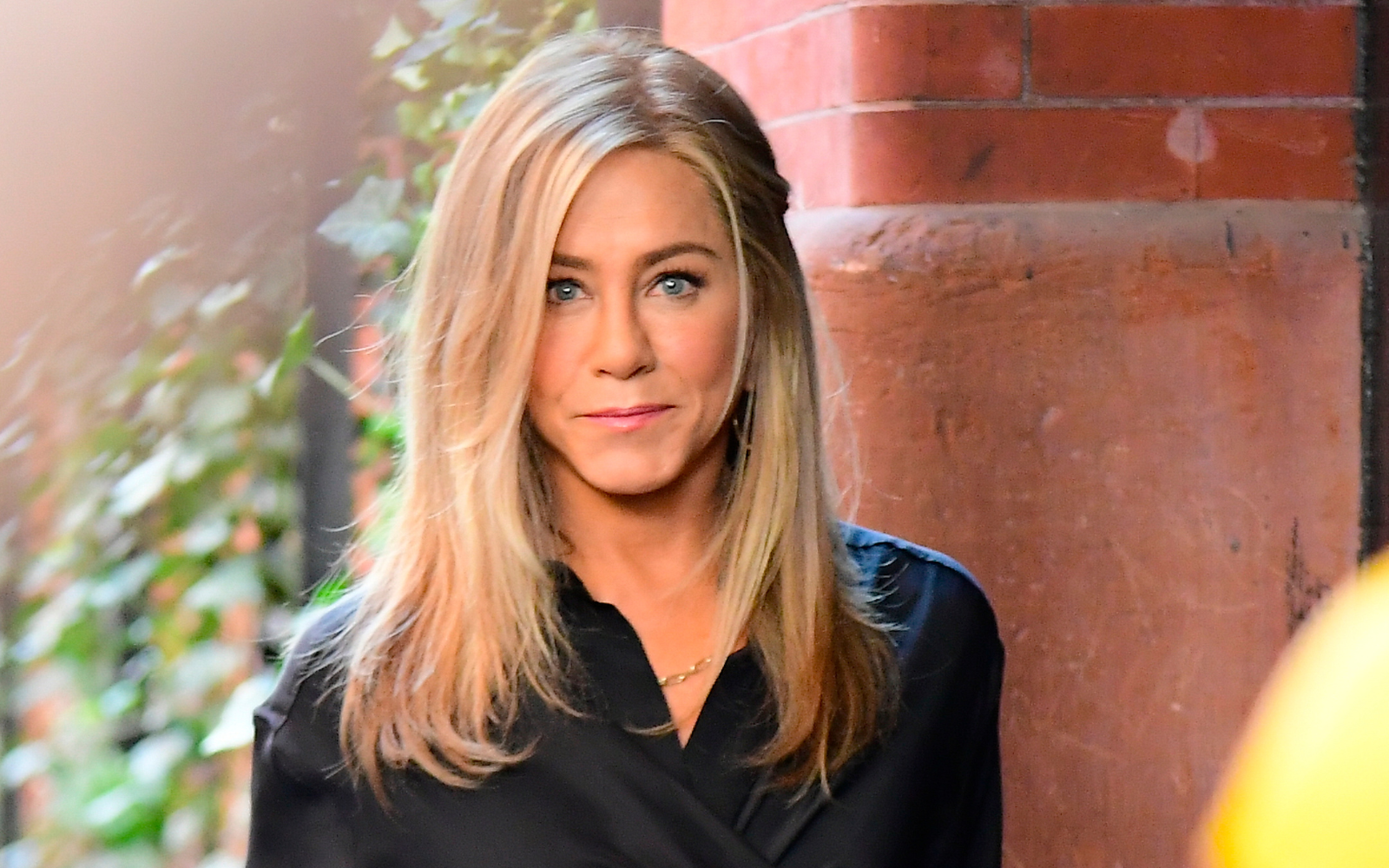 Jennifer Aniston's 'resort-like' garden landscaping was 'years ahead' of a modern planting trend – designers say the result is effortless and serene
Jennifer Aniston's 'resort-like' garden landscaping was 'years ahead' of a modern planting trend – designers say the result is effortless and sereneIn the actress's garden, designer Marcello Villano blended plant varieties in a way that ' no one else ever has' – her landscape is contemporary yet whimsical
By Megan Slack Published
-
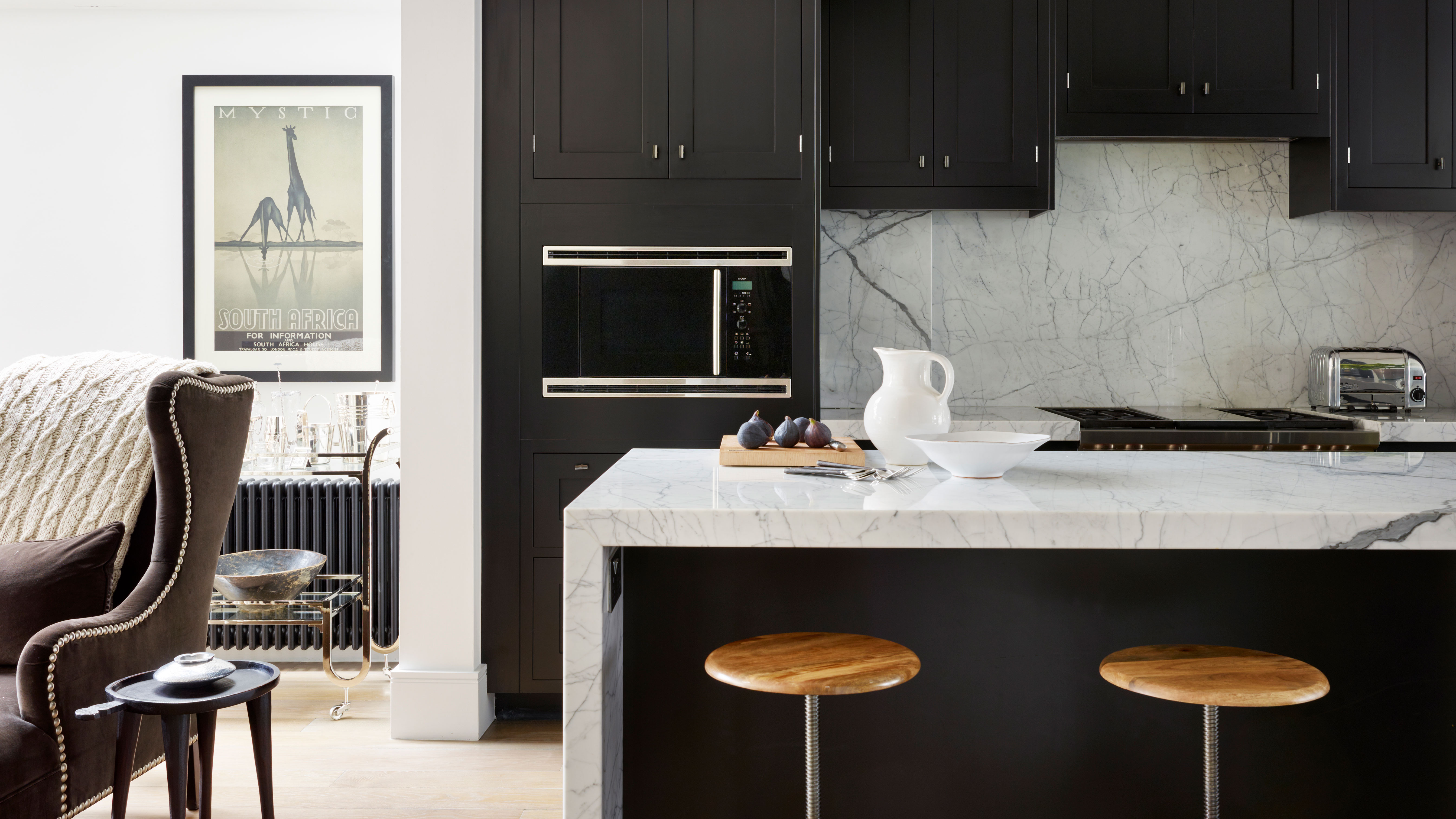 This 'dated 00s color trend' made Jennifer Aniston, Vanessa Hudgens, and Meg Ryan's decor look so chic – and it has made me rethink using it myself
This 'dated 00s color trend' made Jennifer Aniston, Vanessa Hudgens, and Meg Ryan's decor look so chic – and it has made me rethink using it myselfDon't resign gray to the history bin. This sultry shade goes with every color and can be used to add depth and elegance to any room
By Jennifer Ebert Published
-
 Jennifer Aniston, Gwyneth Paltrow, and Kylie Jenner experiment with an unconventional seating trend that makes their living rooms feel 'effortlessly cool'
Jennifer Aniston, Gwyneth Paltrow, and Kylie Jenner experiment with an unconventional seating trend that makes their living rooms feel 'effortlessly cool'A statement furnishing unites an increasing number of celebrities – experts say it introduces 'a little whimsy, nostalgia, and a whole lot of personality'
By Megan Slack Published
-
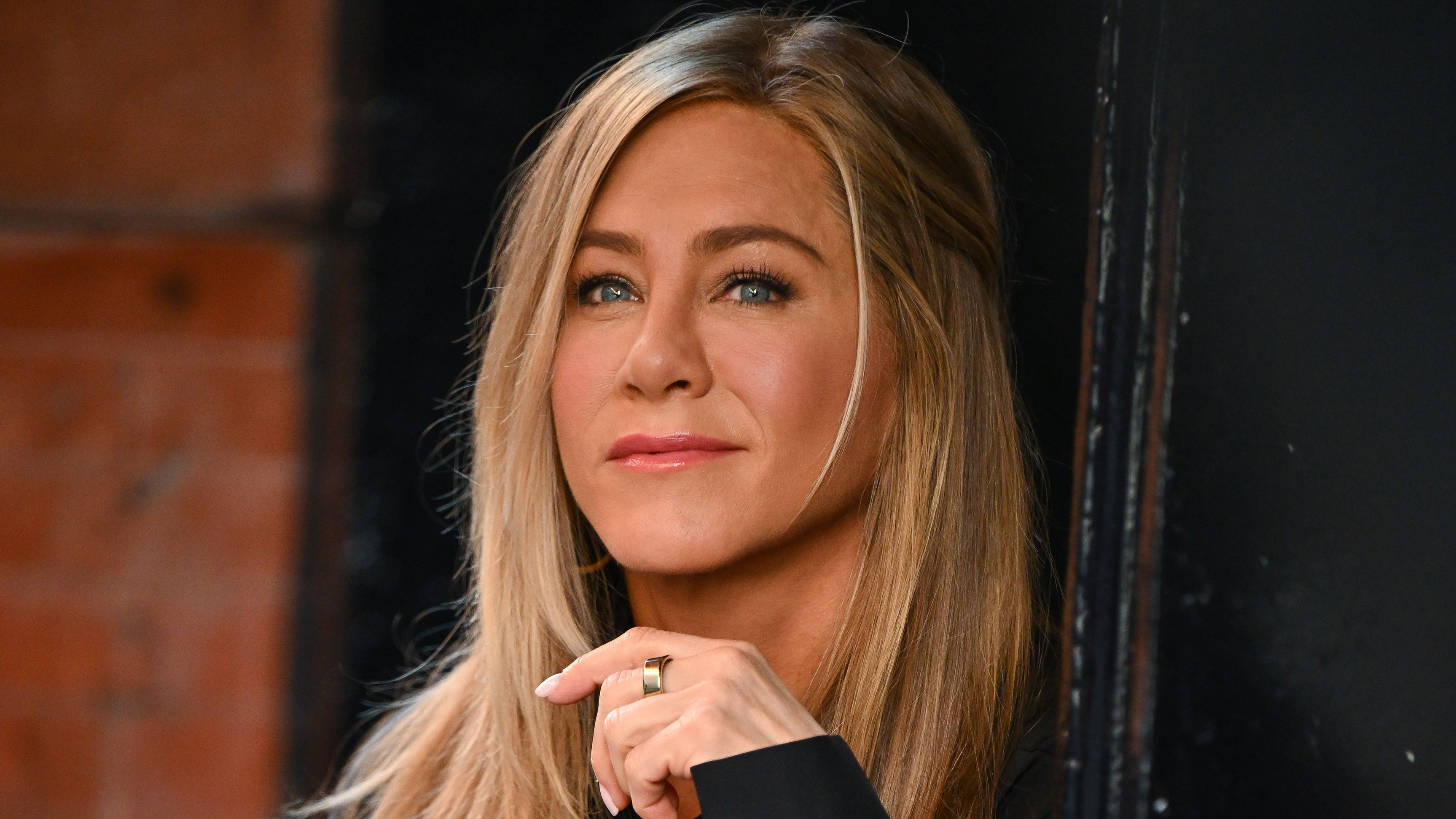 Jennifer Aniston's deep soaking tub is a zen focal point in her outdoor bathroom – it perfects a growing trend with wellness benefits
Jennifer Aniston's deep soaking tub is a zen focal point in her outdoor bathroom – it perfects a growing trend with wellness benefitsThe actress's backyard features a marble soaking tub and lush greenery, instantly elevating the area with luxe materials and calming plants
By Hannah Ziegler Published
-
 Jennifer Aniston has several of these Swedish-designed candles all over her home – she says the scent 'lingers around' long after putting it out
Jennifer Aniston has several of these Swedish-designed candles all over her home – she says the scent 'lingers around' long after putting it outAniston has revealed that she keeps this floral-woody Byredo candle around her home (and movie trailers) – and it's a celebrity favorite
By Hannah Ziegler Published
-
 Jennifer Aniston transformed a kitchen corner into a coffee nook – it turns an awkward space into a social setting and is suprisingly easy to replicate
Jennifer Aniston transformed a kitchen corner into a coffee nook – it turns an awkward space into a social setting and is suprisingly easy to replicateAniston has made use of extra counter space and floating shelves to display her espresso maker, milk frother, and coffee accessories
By Hannah Ziegler Published
